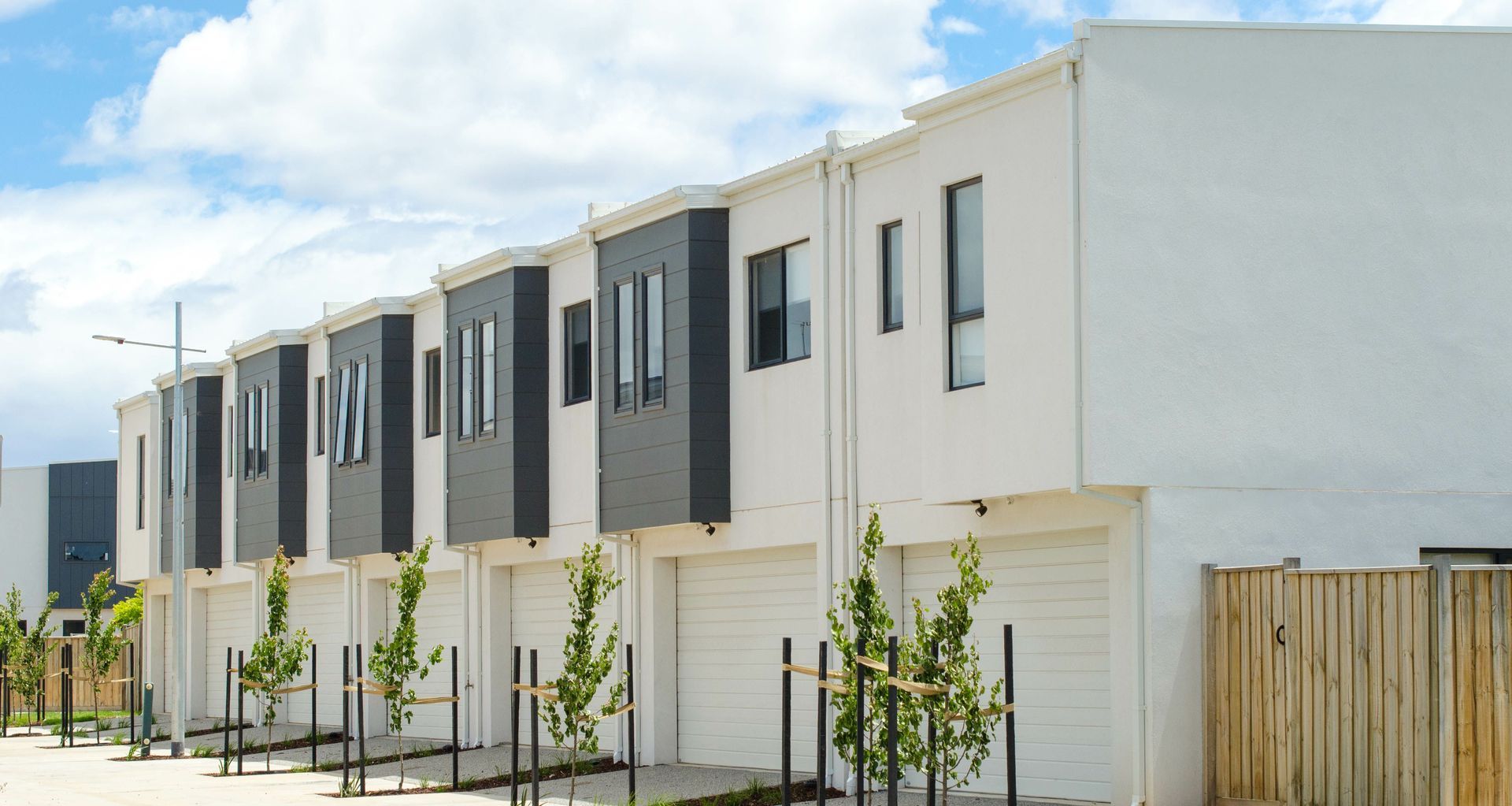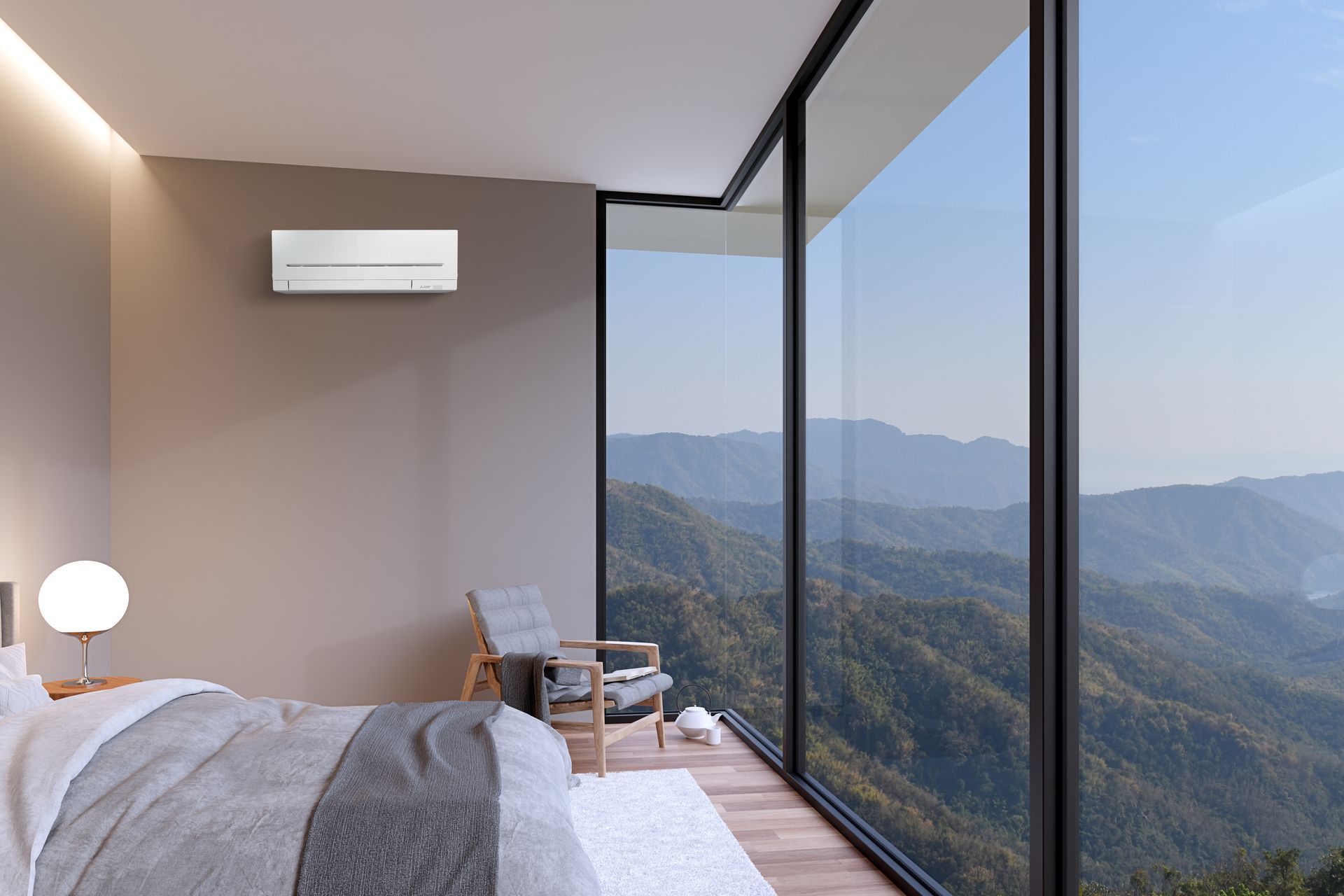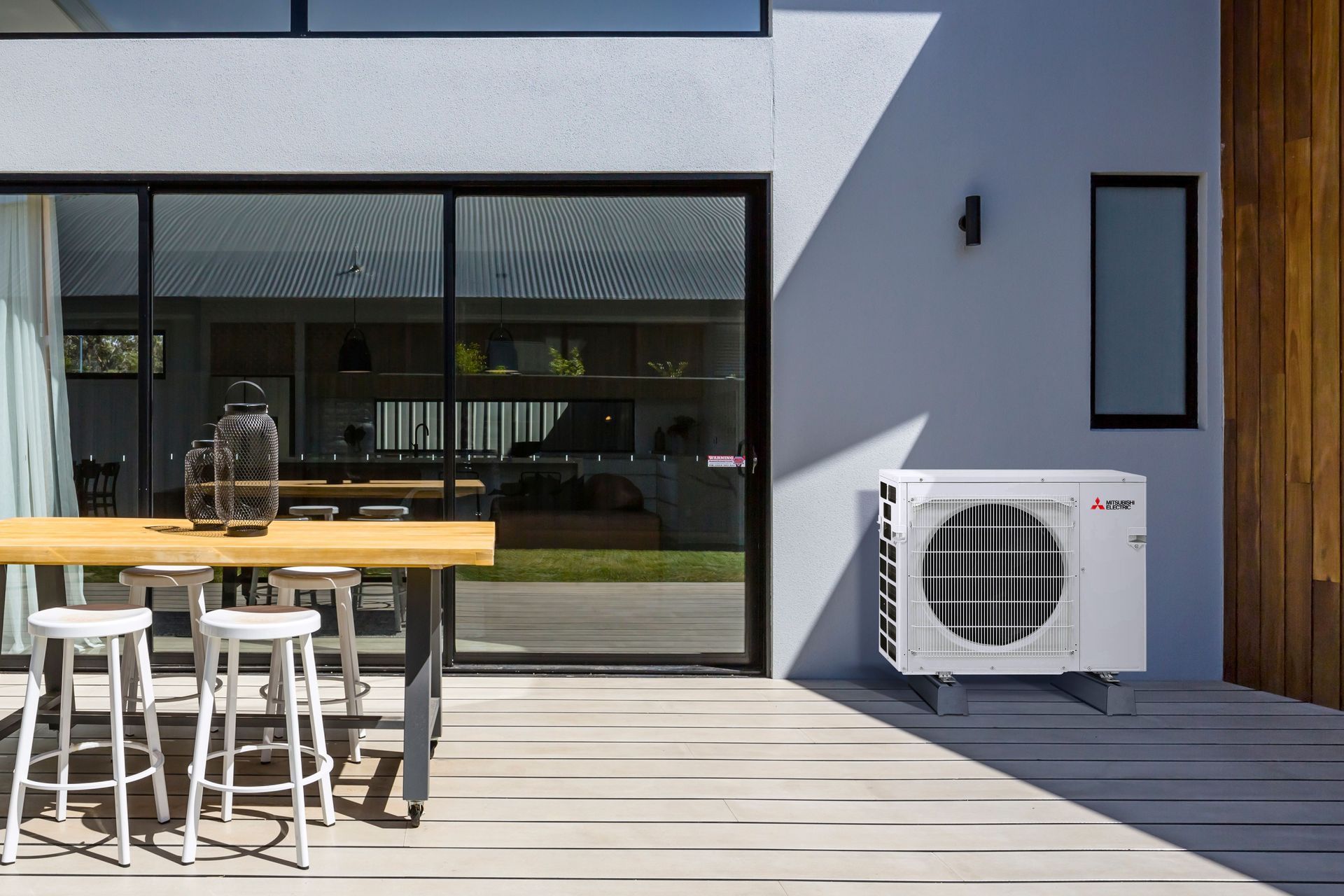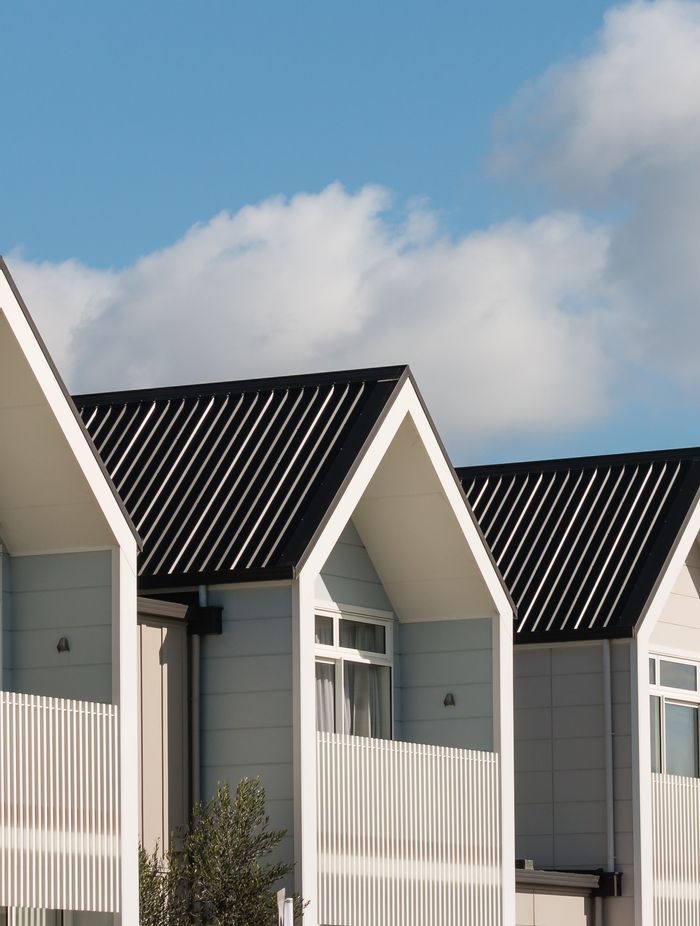Townhouse Solutions to Tackle Overheating

The Problem: Overheating and Modern High-Density Housing
Modern, airtight housing designs are great for energy efficiency but can trap heat, leading to discomfort and health risks. Key factors contributing to this issue include:
- Insufficient Ventilation: Poor air exchange in airtight homes exacerbates overheating.
- Urban Density: Shared walls and limited cross-ventilation opportunities in townhouses amplify heat retention.
- Inadequate Shading: forgoing window louvres, awnings, reflective materials, or trees to block direct sunlight in the design process.
- Climate Change: Rising temperatures mean older designs are no longer fit for purpose.
- Building Code Gaps: While Clause H1 of the New Zealand Building Code addresses energy efficiency, it lacks specific overheating mitigation measures.
The Role of Council Bylaws
Local council bylaws often unintentionally contribute to the overheating problem. For example:
- Window Opening Restrictions: Building Code Clause F4 Safety from Falling requires barriers for windows with openings larger than 1000mm in width and sill heights under 760mm. While enhancing safety, these restrictions limit natural ventilation.
- Noise Control Regulations: Councils like Auckland enforce noise bylaws that deter homeowners from relying on open windows for cooling, especially in urban and high-traffic areas. This makes mechanical ventilation essential.
- Security & Privacy Concerns: High-density living often leads to closed windows to maintain security and privacy, further reducing airflow.

Air Conditioning: Going Beyond the Living Room
Managing indoor temperatures effectively in modern townhouses requires a combination of air conditioning and ventilation. Air conditioners provide precise temperature control, ensuring comfort year-round. However, many homeowners overlook upstairs spaces, where heat naturally rises and can make bedrooms uncomfortably warm.
Data from BRANZ’s latest landmark study into home energy use and indoor conditions shows that average evening temperatures in both living rooms and bedrooms exceeded 24°C in summer, with more than one third of bedrooms in monitored homes classed as overheating.
Multiple Air Conditioners, Only One Outdoor Unit
Mitsubishi Electric OmniCore Multi Room Systems offer a smart solution by allowing multiple indoor units to connect to a single outdoor unit. This setup maximises outdoor space—particularly valuable in medium to high-density developments like townhouses and apartments—while maintaining a clean and uncluttered exterior aesthetic. With over 80 different indoor unit options, including high walls, floor consoles, cassettes, and ducted systems, OmniCore provides flexibility to customise comfort in every room.


Mechanical Energy Recovery Ventilation – More Than Just Fresh Air
While air conditioning effectively manages indoor temperatures, most systems do not introduce fresh outdoor air—a crucial factor in today’s airtight homes and multi-level homes with limited window openings.
An air conditioning system paired with a mechanical balanced pressure ventilation system, like Mitsubishi Electric’s Lossnay Energy Recovery Fresh Air Ventilation, offers a rounded solution. Instead of relying on open windows, these systems bring in fresh air while expelling stale, overheated air, all while working with your air conditioner to recover energy to help keep your home efficiently cool.
Introducing Mitsubishi Electric Lossnay
The Mitsubishi Electric Lossnay Heat Recovery Ventilation system is designed to maintain optimal indoor air quality while working alongside air conditioning to manage temperature efficiently no matter the season.
Key benefits include:
- Pre-cooling Maximises Efficiencies: The unique Lossnay Core uses the energy from outgoing cooler indoor air to help pre-cool the warmer air coming in. This smart process saves energy and helps lower your running costs.
- Automatic Free Cooling Mode*: Ideal for cooling down a home that may have overheated during the day. Lossnay is able to detect when an indoor space is hotter than the temperature outside. The system will intuitively bypass the Lossnay Core to introduce cooler, fresher air into the home while extracting the stale, overheated indoor air.
- Optional Advanced Wi-Fi Control: Mitsubishi Electric Lossnay Wi-Fi Control makes the invisible, visible. With optional Lossnay Wi-Fi Control you can now monitor when your system is delivering you the above benefits. At the same time the App will also proactively remind you when it is time to clean your filters to maximise both cost efficient operation and health benefits.
- Improved Air Quality: The system manages CO2 levels** and reduces indoor humidity, providing a healthier environment for occupants.
- Energy Efficiency: Lossnay supports sustainability goals by minimising energy loss.
- Flexible Integration: It can be seamlessly added to both new builds and retrofitted to existing properties.

A Future-Proof Housing Solution
The challenge of overheating in townhouses is real, but the solution is within reach. Mitsubishi Electric’s Air Conditioning paired with a Lossnay Heat Recovery Ventilation system offers a comprehensive approach to creating energy-efficient, comfortable, and healthy homes. Builders, Architects and developers have an opportunity to lead the market by adopting this innovative technology, ensuring a cooler, more sustainable future for New Zealand’s urban housing landscape.
Tackling Overheating

Investing in advanced ventilation like Lossnay isn’t just about addressing current challenges. It’s about preparing for the future. Climate change, urbanisation, and stricter regulatory demands will continue to shape housing design.
Lossnay aligns with these trends, offering a sustainable, energy-efficient, and liveable solution.
Moreover, as awareness grows around the importance of indoor air quality, systems like Lossnay will become non-negotiable in modern homes.
Click here to a book a free no-obligation consultation.
*In comparison to using a dedicated cooling device. The unit will continue to use a small amount of power to bring colder fresh air from outside.
**Optional CO2 Monitoring available on LGH-RVS and LGH-RVX3 models.
